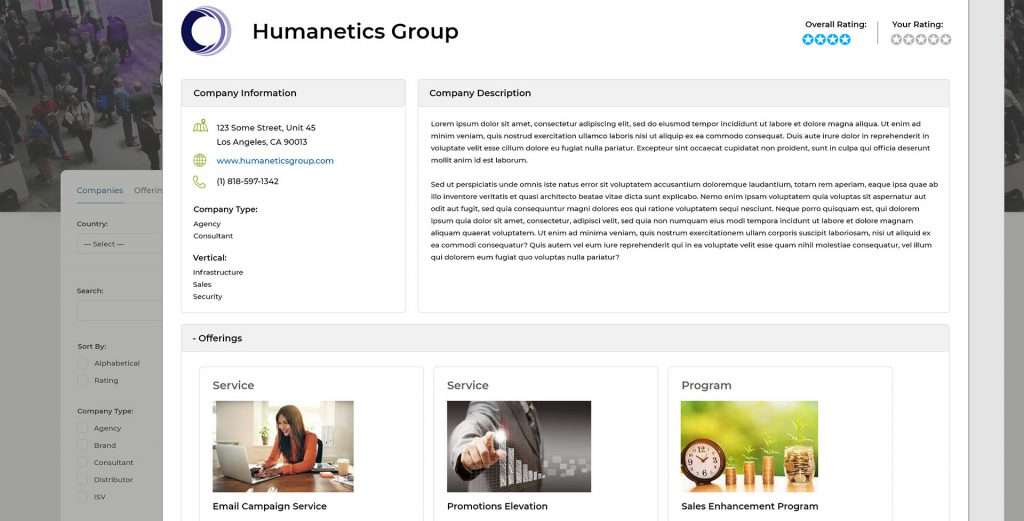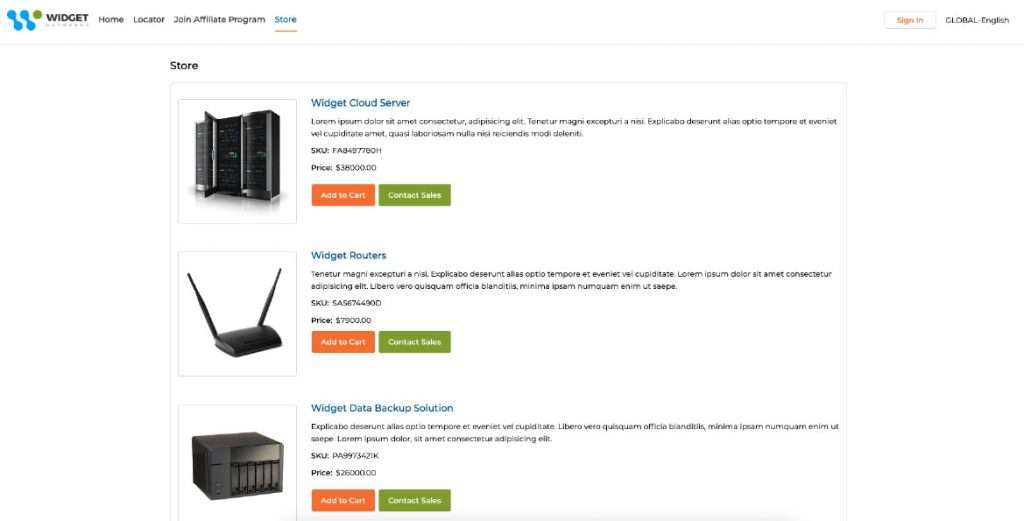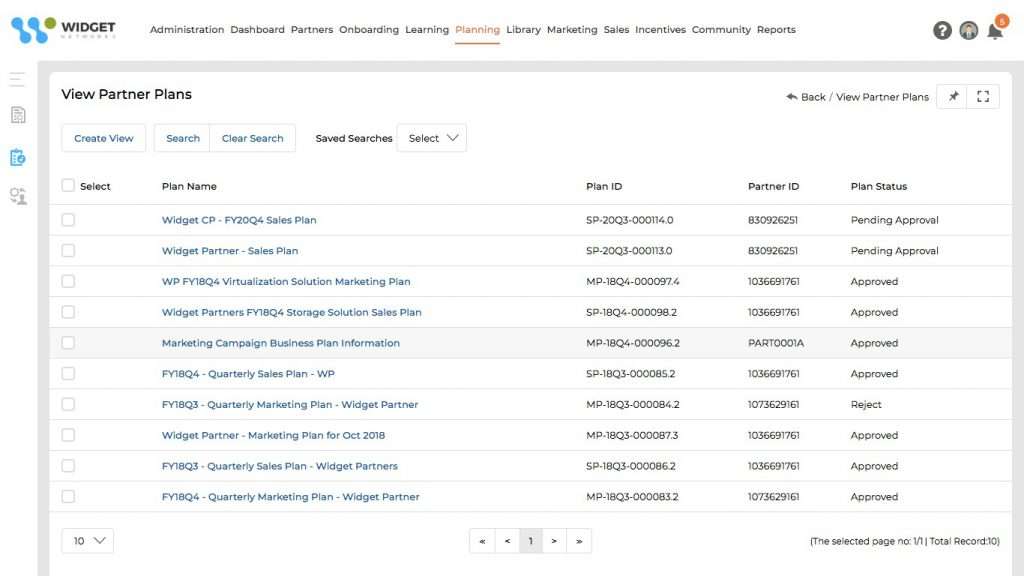Best Practices Articles

New Channel Management Strategies for Collaborating with Partner Ecosystems
Collaboration between and among business partners has been going on since the first time a peanut butter maker worked with jelly and bread makers. The need to effectively collaborate has evolved hence changing the channel management strategies. With the omnipresence of the cloud, exponential growth in SaaS businesses, and supplier marketplaces, and the added complexity inherent in new business models, new and improved collaboration tools as well as a new approach to channel management are needed. Thanks to Channel Management Software, there is a way to manage collaboration between companies and their channel partners.
Channel management software helps companies onboard new partners and provides them with the resources they need to be successful, including training materials, marketing collateral, and sales enablement tools. It provides real-time insights into partner performance, including key metrics like revenue, deal registrations, and customer satisfaction. By understanding their partners, companies can identify areas for improvement and adjust partner strategy as needed.
Collaboration requirements are unique for non-transacting partners
In non-transactional relationships, the parties involved often work together over an extended period of time to achieve shared goals. They are focused on joint marketing and co-branding initiatives, shared product development, or shared research and development. These partners may not have a direct financial incentive to promote or sell the company's products, but they play a critical role in supporting the company's overall business objectives.
Compare this to a transactional relationship where the parties involved come together for a shorter timeframe, usually for a specific purpose, often a one-time sale.
Non-transacting partners may have shared goals that are related to the transaction but are not part of it. For example, two companies may be working on different aspects of a project, but they need to collaborate to ensure that everything comes together seamlessly. Collaboration can often lead to mutual benefits for non-transacting partners. By working together, they can gain access to new resources, share knowledge and expertise, or leverage each other's strengths to achieve better outcomes.
Non-transacting partners may need to collaborate to manage risks associated with the transaction. For example, if one partner is responsible for the manufacturing of a product and another partner is responsible for the distribution, they may need to collaborate to ensure that the product is produced and delivered on time and to the right quality standards.
Because they can involve more relationship-based activities, especially in support of communications, non-transactional partnerships often require a higher level of collaboration from their Channel Management Software.

Types of Non-Transacting Partners
There are of course many different types, but here we focus on three. Referral partnerships are a type of business partnership in which one company promotes another company's product or service to its own customers or network in exchange for a commission or referral fee. Most Channel Management software vendors support this business model.
Influencer is a type of business partnership in which a company collaborates with an external influencer to promote its product or service. A good candidate to be an influencer is a person who has a large and engaged following on social media or other digital platforms, and whose opinions and recommendations are valued by their audience. Channel Management Strategies must adjust to accommodate this new type of partner. Channel Management Software is used to manage influencers and their campaigns throughout their life cycle, from finding, recruiting, and engaging them, to tracking their efforts and paying out according to their contributions.
An affiliate marketing partnership is a type of business relationship in which one company promotes another company's products or services in exchange for a commission on sales or leads generated through the promotion.
In an affiliate partnership, the affiliate promotes the merchant's products or services to their audience, typically through an affiliate link or tracking code. These codes need to be tracked and Channel Management Software provides this functionality.
How does Partner Relationship Management (PRM) support non-transactional partnerships?
Channel Management Software supports the company-wide channel management strategy. A PRM supports all partnership activity by providing a centralized platform for communication, collaboration, onboarding, and coordination. PRM software can help partners share information, track progress, and manage resources, facilitating a more effective and efficient partnership.
Here are some specific ways that a PRM system can support collaboration in a non-transactional partnership:
A PRM system can provide a centralized platform for partners to communicate and share information. This can facilitate ongoing communication and help partners stay aligned and informed about key developments.
PRM software often includes collaboration tools like document sharing and project management capabilities, which can help partners work together more effectively.

A PRM system helps partners manage shared resources like data, tools, and equipment. This can help ensure that resources are used efficiently and effectively, providing partners access to the resources they need to achieve shared goals.
PRM software provides real-time insights into the partnership's performance, including key metrics like revenue, customer satisfaction, and partner engagement. This can help identify areas for improvement and adjust their strategy as needed.
Overall, Channel Management Software helps companies with varied business models support their partner ecosystems. The quickly growing segment of non-transacting partners has unique needs and has a great need for collaboration tools and processes. Channel Management Software can help all companies collaborate more effectively with their partners by providing the tools and resources they need to work together towards shared goals. By streamlining collaboration and improving communication, companies can drive revenue growth, increase partner engagement, and build stronger relationships with their channel partners.
To know more about Channel Management, please read the article - The Ultimate Guide to Channel Management.
Best Practices Guidebook
 How to Start and Scale Partner Ecosystems Best Practices
How to Start and Scale Partner Ecosystems Best PracticesDownload Guide
 The Evolution of PartnerOps: Past, Present & Future Best Practices
The Evolution of PartnerOps: Past, Present & Future Best PracticesDownload Guide
 Mastering Channel Sales: Strategies, Best Practices, and Growth Tactics for 2025
Mastering Channel Sales: Strategies, Best Practices, and Growth Tactics for 2025Download Guide
 Winning with Partner Advisory Councils: Best Practices for Partner Engagement & Growth
Winning with Partner Advisory Councils: Best Practices for Partner Engagement & GrowthDownload Guide
 The Future of Partner Ecosystems Best Practices
The Future of Partner Ecosystems Best PracticesDownload Guide
 The AI Revolution: How Technology and Talent are Shaping the Future
The AI Revolution: How Technology and Talent are Shaping the FutureDownload Guide
 Top 105 Partner Management Metrics that Matter Best Practices
Top 105 Partner Management Metrics that Matter Best PracticesDownload Guide
 Mastering PRM Integration Best Practices
Mastering PRM Integration Best PracticesDownload Guide
 Building a Sales Partner Portal with Salesforce Best Practices
Building a Sales Partner Portal with Salesforce Best PracticesDownload Guide
 Building and Managing Partner Ecosystems Best Practices
Building and Managing Partner Ecosystems Best PracticesDownload Guide
 Mastering Co-Marketing and Co-Selling Best Practices
Mastering Co-Marketing and Co-Selling Best PracticesDownload Guide
 Transforming Partner Ecosystems Best Practices
Transforming Partner Ecosystems Best PracticesDownload Guide
 Mastering Partner Ecosystems Best Practices
Mastering Partner Ecosystems Best PracticesDownload Guide
 Mastering Partner Onboarding Best Practices
Mastering Partner Onboarding Best PracticesDownload Guide
 Partner Ecosystem Management Best Practices
Partner Ecosystem Management Best PracticesDownload Guide
 B2B Marketing in the Age of Intelligence Best Practices
B2B Marketing in the Age of Intelligence Best PracticesDownload Guide
 Multi-Partner Co-Selling Best Practices
Multi-Partner Co-Selling Best PracticesDownload Guide
 A Guide to Enhance Channel Sales Efficiency
A Guide to Enhance Channel Sales EfficiencyDownload Guide







